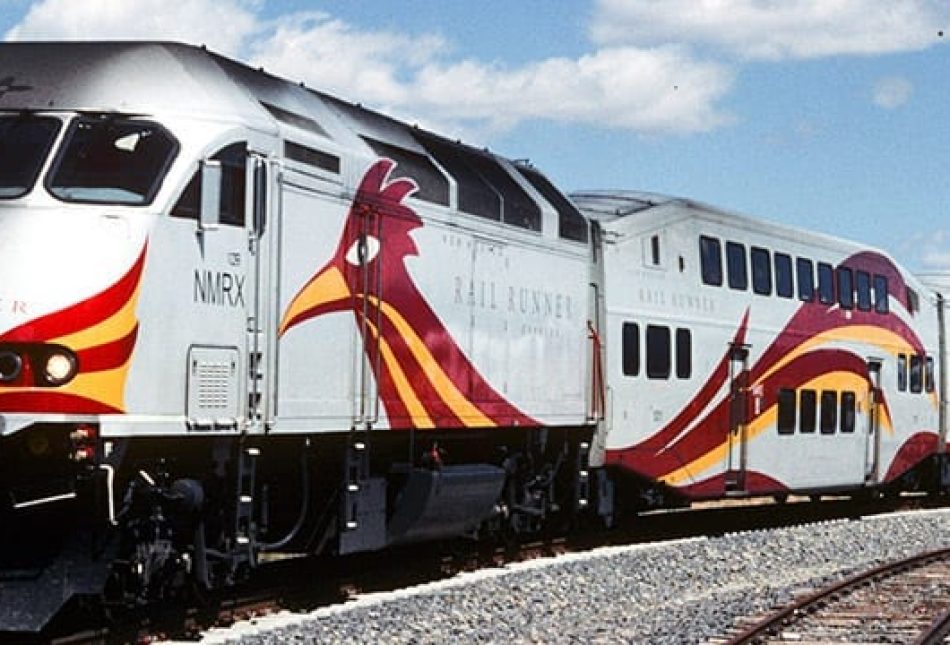Scale Back Train to Fix Highways

The state faces “a perfect storm” as far as paying for transportation infrastructure is concerned, according to several lawmakers interviewed for a recent Journal story on funding.
With that in mind, it only makes sense for the state to divert scarce transportation dollars from the proposed Rail Runner extension to Santa Fe and plow those dollars into road construction and maintenance.
While such a move is not a panacea, it is a very important starting point and will determine whether New Mexico is serious about avoiding the type of incident that occurred when a bridge collapsed in Minnesota.
One overlooked point about the Rail Runner is that while its projected total cost is $400 million, those costs are not evenly-distributed. Phase I of the project from Belen to Bernalillo, which is now in service, cost $135 million. The Bernalillo-Belen segment of the proposed Rail Runner route is approximately 51 miles long— more than half of the system’s proposed length— and comprises just one-third of the project’s cost in part since the track was already in place.
Phase II from Bernalillo to Santa Fe is where the Rail Runner’s costs rise quickly and for a relatively small gain in potential passengers. Original estimates for Phase II were between $240 and $255 million which includes money for the construction of 20 miles of brand new railroad track. Laying new track can only be considered a major public works project and $255 million must be considered merely a starting point, especially with material costs on the rise.
While the costs of running the train another 40-plus miles will cost more than $100 million higher than the existing route, the net gain for such expenditures will be quite small. With the current route serving a population base in excess of 700,000 and the extension to Santa Fe to serve a base of only 80,000 people, it seems highly unlikely that extending the system to Santa Fe will do much to boost current ridership far beyond the 2,000 or so daily riders the system currently attracts.
There is no doubt that even an abbreviated version of the Rail Runner will still lose money over and above the $135 million it took to build the first phase. In fact, the estimates that annual operating costs for the train will rise from $9.5 million to $20 million— on top of the $255 million necessary to compete the project.
Considering those costs, it makes sense to reconsider the Santa Fe extension.
A permanent network of buses running between the government buildings in Santa Fe and the Bernalillo Rail Runner stop and/or Downtown is a logical alternative. Buses are far less costly and far more flexible than rail. And, with increased coordination of stop lights in and out of Santa Fe, buses may actually be faster than the train as well.
While saving hundreds of millions of dollars on the Rail Runner would be helpful, such a move will not solve our long-term transportation problems. In order to do that we need both more resources and lower costs.
The transportation task force now working on the transportation funding issue has discussed toll roads and how they might be used. There is a right way and a wrong way to use tolling. The wrong way is to set up government tolling authorities as was done along the Eastern Seaboard. Anyone who has traveled by car between Boston and Washington, D.C., can attest to long lines and poorly-maintained roads that can also be quite expensive.
The right way to do tolling is to work with private firms that build and maintain toll roads as an investment. Roads constructed in Southern California and elsewhere rely on innovative technology to eliminate toll booths while maintenance and landscaping standards exceed those of other roads.
Lastly, while the task force has not considered it yet, any effort to improve New Mexico infrastructure should include a close look at repeal of our Little Davis-Bacon Act. These “prevailing wage” laws drive construction costs up as much as 10-15 percent. Repeal of this law in New Mexico would allow the market, not the unions, to set construction costs.
Maintaining and improving New Mexico’s infrastructure is very important to the state’s economy. While no single solution will solve our problems, implementing the solutions listed above would be a good start.
The Rio Grande Foundation is a nonpartisan, tax-exempt research and educational organization dedicated to principles of limited government, economic freedom and individual responsibility.

